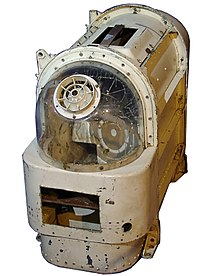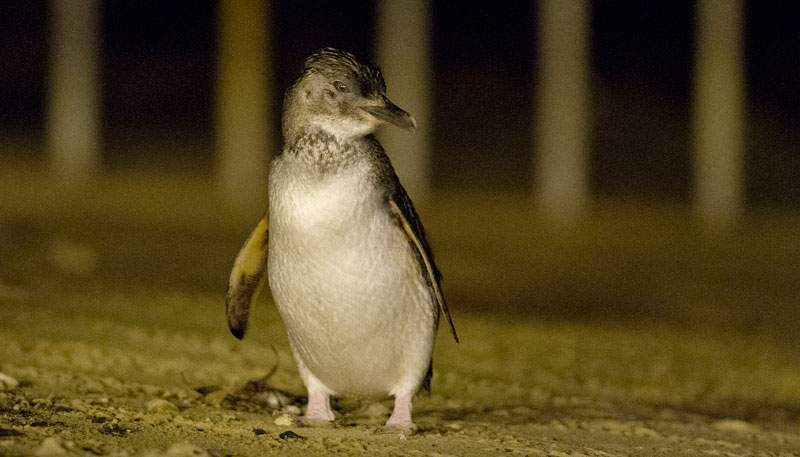The honor belongs to two canine cosmonauts, Desik and Tysgan, who made a sub-orbital flight on July 22, 1951. Both dogs returned safely, Although Desik was killed on another flight a few months later.
| Desik & Tsygan, First Dogs in Space |
 |
| Original Space Module for Soviet Space Dogs |
They were all strays. The space scientists thought that dogs who'd already been living rough on the streets of Moscow would be better able to cope with the rigors of space flight than a pampered house pet. (19 of the 29 dogs survived and returned safely to earth.)
| Doggy Space Suits |
The first dog actually sent into orbit (and the only space dog whose name is commonly known), was Laika. She flew on Sputnik 2 on November 3, 1957. It was not planned that she would survive, and she didn't.
| Laika, who died in the first orbital flight. |
| Belka (on right) & Strelka, safely returned to earth |
Both Belka and Strelka lived for many years after their adventure in space. After their deaths, both were stuffed. Strelka went on tour, while Belka remains at the Memorial Museum of Aeronautics, in Moscow.
 |
| Strelka in Australia in 1993 |
Strelka had many puppies. Nikita Kruschev presented one puppy, named Puchinka, to Caroline Kennedy in 1961. She went on to have "pupniks" of her own with First Dog, Charlie.
Every article about Puchinka asserts that she has living descendants in the U.S. today. I believe it, but no actual living dog that I could find is being put forward as an example.
Too bad. I'd really love to know for sure that descendants of the space dogs are still among us.
http://en.wikipedia.org/wiki/Soviet_space_dogs
http://englishrussia.com/2007/02/22/first-russian-space-dogs/
http://www.kuriositas.com/2010/08/belka-and-strelka-50-years-since-space.html
http://fortheloveofthedogblog.com/news-updates/first-dogs
http://www.spacetoday.org/Astronauts/Animals/Dogs.html
http://buddylifemagazine.com/july-september-2011/the-curious-case-of-russian-space-dogs/
 |
| Puchinka with her puppies |
Too bad. I'd really love to know for sure that descendants of the space dogs are still among us.
http://en.wikipedia.org/wiki/Soviet_space_dogs
http://englishrussia.com/2007/02/22/first-russian-space-dogs/
http://www.kuriositas.com/2010/08/belka-and-strelka-50-years-since-space.html
http://fortheloveofthedogblog.com/news-updates/first-dogs
http://www.spacetoday.org/Astronauts/Animals/Dogs.html
http://buddylifemagazine.com/july-september-2011/the-curious-case-of-russian-space-dogs/




